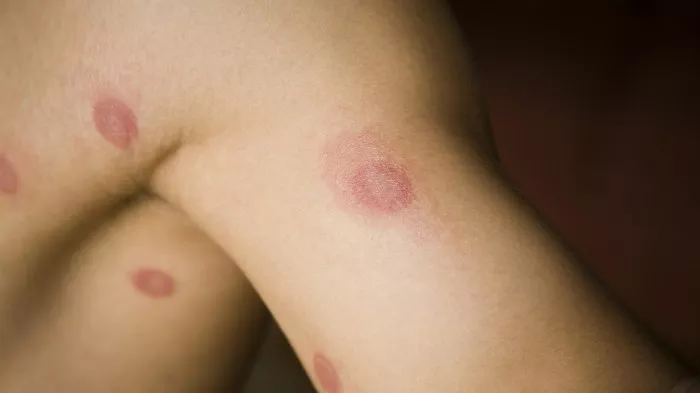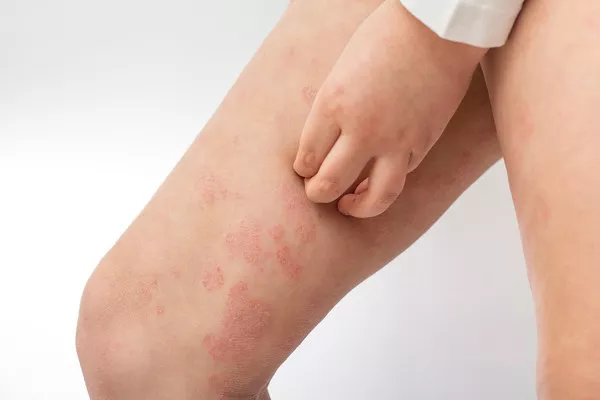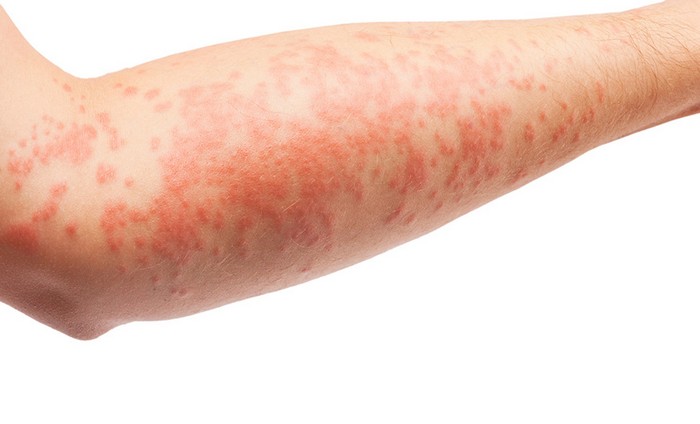The Varicella-Zoster Virus (VZV), also known as Human Herpesvirus 3 (HHV-3), is one of nine herpes viruses known to infect humans. It is responsible for causing chickenpox (varicella) and shingles (herpes zoster). This virus is highly contagious and can lead to severe complications, especially in immunocompromised individuals.
Characteristics of VZV
VZV is a DNA virus belonging to the herpesvirus group. It is closely related to the herpes simplex viruses (HSV) and shares much of its genome homology. The virus is spherical, with a diameter of 180–200 nm, and has a lipid envelope enclosing its nucleocapsid.
Infection Process
Primary infection with VZV typically occurs through the respiratory tract, leading to chickenpox. After the initial infection, the virus becomes dormant in the dorsal root ganglia and cranial nerve ganglia. It can reactivate later in life, causing shingles. Reactivation is more common in individuals over 50 years old, those with weakened immune systems, or those under significant stress.
Symptoms
Symptoms of VZV infection vary depending on whether it is a primary infection (chickenpox) or reactivation (shingles). Common symptoms include:
Fever
Rash with fluid-filled blisters
Burning pain in the skin
Headache
Eye redness and swelling
Light sensitivity (photophobia)
Facial paralysis
Earache
Toothache
Transmission
VZV spreads through direct contact with the rash or inhalation of aerosols from the vesicular fluid of skin lesions. It can also be transmitted through infected respiratory secretions. The virus is highly contagious, with about 90% of susceptible close contacts getting infected after exposure.
Incubation Period
The incubation period for VZV is typically 10 to 21 days, with an average of 14 days. Infected individuals are contagious 1 to 2 days before the rash appears and remain so until all lesions have crusted.
Complications
Complications of VZV infection can be severe, especially in adults and immunocompromised individuals. These include:
Bacterial infections of the skin and soft tissues
Pneumonia
Encephalitis
Toxic shock syndrome
Reye’s syndrome
Prevention
Vaccination is the most effective way to prevent VZV infection. The Centers for Disease Control and Prevention (CDC) recommends two doses of the varicella vaccine for all children, adolescents, and adults without evidence of immunity. The vaccine has significantly reduced the incidence of chickenpox and related complications.
Treatment
Treatment for VZV infections includes antiviral medications such as acyclovir, famciclovir, and valaciclovir. These drugs can help shorten the duration and severity of symptoms. For shingles, vaccines like Shingrix are recommended for adults over 50 to reduce the risk of reactivation.
Conclusion
Varicella-Zoster Virus remains a significant public health concern.

























